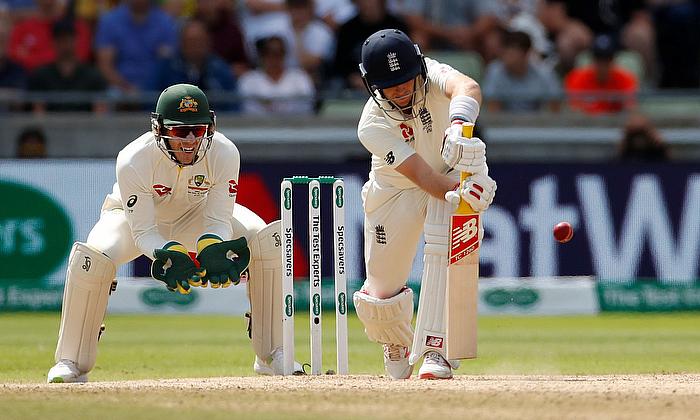Playing the Straight Ball | A Leading Edge

I have noticed a trend in international cricket that more and more batsman are being bowled.
I’m also confident that this trend is occurring more within county and club cricket too but without the stats to back that up officially you’ll just have to take my word for it. It’s too easy and not very helpful to say that batting techniques are not as strong as they once were, or that modern cricketers play too much white ball cricket leading to the defence being cast aside for more adventurous cricket shots. What I think this really stems from is the introduction and more widely used DRS system.
Pretty much all international cricket (both male and female) has the DRS system in place now and whatever your opinion on the reliability or accuracy of the system it raises lots of debate. I personally think that used well it’s a great system and adds stacks of value to the sport. When used badly however (Cummings to Leach at Headingley when one wicket was required to win) it can be the difference between winning and losing a test.
I’m not sure all umpires like the scrutiny of their decisions being unpicked; but are umpires always giving decisions totally confidently or do they fear having to overturn yet another decision. All this does highlight one major thing however, that more and more deliveries are hitting or clipping the stumps than we ever thought in the past. Umpires will see this on the tv and then take that knowledge into the village game on a weekend.
As a result of this batters are finding they must play at more balls, can’t pad away as many (certainly from the spinners) and as a result their techniques are being examined constantly. Fewer bowlers now just run up and swing it out hoping for a nick behind. The ball that swings or runs back in towards the pads and stumps is a major threat in cricket now.
Before, it was a run scoring shot and not very threatening especially when batters tended to get any benefit of the doubt from the umpire should they miss it. Batters footwork is a lot more circumspect; batters can be very hesitant knowing that they shouldn’t put their front foot down the line of the ball as this causes problems. Instead they get ‘short’ of it or play around the ball creating a bigger gap for it to pass through, thus increasing the number of balls hitting the stumps within the game. A later more decisive stride towards the pitch of the ball should help negate this problem.
© Cricket World 2019


.jpg)

